Nothing But Net
As the net lease sector continues to take on its own asset class presence, investors and lenders are increasingly putting their capital into the property type, especially single-tenant, triple-net leased properties. Net lease owners with investment-grade tenants in place are most attractive to investors, but a lack of available inventory is leading some lenders to widen their options.
By Samantha Goldberg
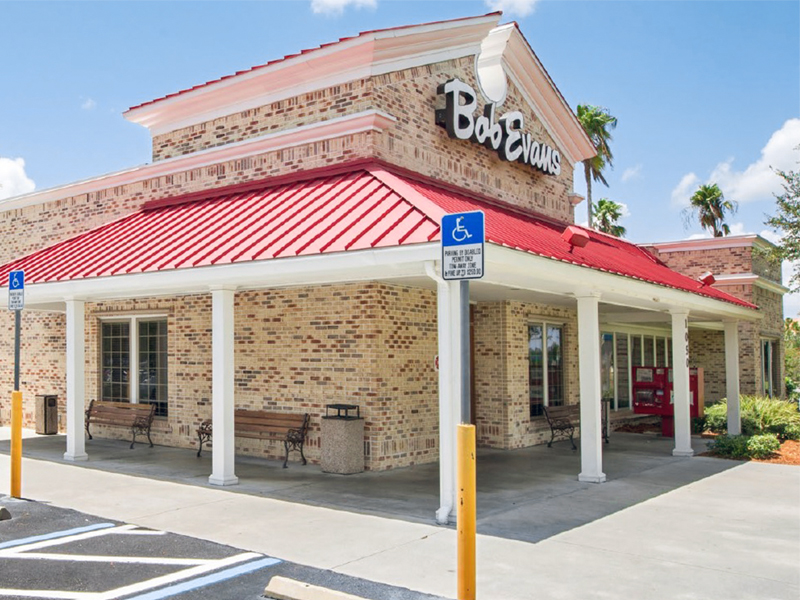
One of the most notable sale-leaseback transactions in 2016 was Bob Evans Farms Inc.’s $197 million sale-leaseback of 143 restaurants to National Retail Properties Inc. and Mesirow Realty Sale-Leaseback Inc. Bob Evans entered into absolute net master leases with the new owners for an intial 20-year term and will use the proceeds to pay down debt and for other purposes.
Image courtesy of The Boulder Group
“Where the money goes, lending flows,” and the net-lease market continues to offer an attractive destination for capital flows from investors and lenders alike.
So says Chris Sands, CEO of Sands Investment Group (SIG), a net-lease brokerage specialist. He detects steady investor appetite for single-tenant properties as the niche “takes on its own asset-class presence.”
Net-lease sales volume declined 18.6 percent year-over-year in 2016, but the tally is somewhat misleading. A shortage of supply, rather than a dearth of demand, was the main factor that kept the lid on deal volume, concludes JLL’s fourth-quarter 2016 net-lease report. A better indicator of investor interest is that institutional-caliber buyers like banks, private-equity funds and life insurance companies increased their net-lease acquisitions by an average of 115.1 percent last year compared to all real estate acquisitions, the report noted. Increased investor demand has spurred more lenders to get in on the action, providing more financing options for buyers.
Sands speculated that interest in triple-net-leased properties has grown since the Great Recession because it is “easy to manage, very predictable for the most part and gives a consistent rate of return.” Single-tenant triple-net leases (STNL) shift much of the cost to tenants, freeing investor time and capital.
STNL cap rates remain relatively low, clocking in at 6.19 percent for the first quarter of 2017, according to The Boulder Group’s most recent national net-lease update. That figure is unchanged from the fourth quarter of 2016, which registered the first cap-rate increase since the third quarter of 2013.
Recent interest rate hikes and the potential for more this year have generated uncertainty, however. As a result, transaction volume slowed to start 2017 as buyers responded to higher capital costs by considering repricing, noted Boulder Group President Randy Blankstein.
Lower transaction volume will continue “until we get a sense of where we are in the market,” he predicted, adding that buyers are building in wider spreads in the meantime.
Capital comfort
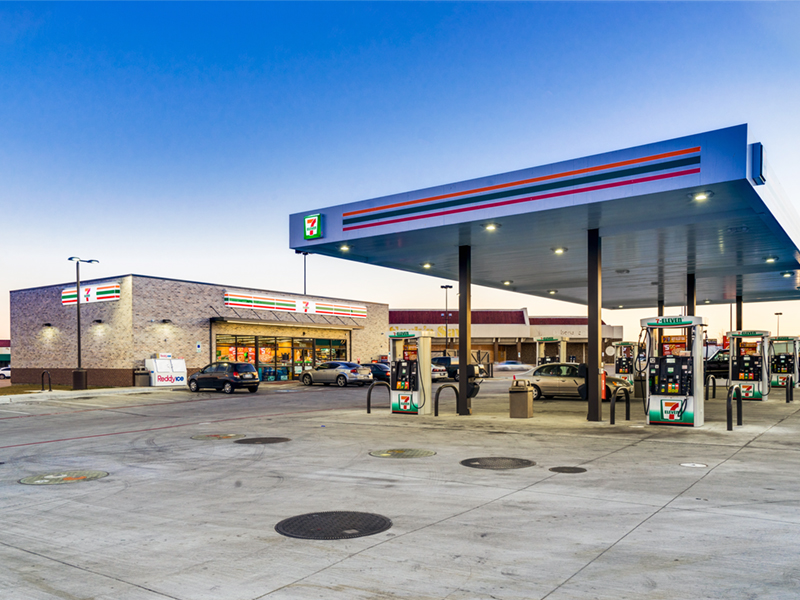
Sands Investment Group arranged financing for the buyer of this triple-net-leased 7-Eleven in Fort Worth, Texas. Because only six years were left on the lease, the buyer had to agree to a 45 percent down payment. Image courtesy of Sands Investment Group
Meanwhile, plenty of capital is available. “There are a lot of banks chasing deals hard,” said Jonathan Hipp, president & CEO of Calkain Cos. He added that interest rates are relatively low, especially for core STNL assets with an investment-grade tenant.
For particularly attractive deals, lenders might offer better terms such as a longer fixed interest rate period or amortization schedule, Hipp added. While banks typically prefer five-year to seven-year loans, they may also offer longer terms, depending on the tenant’s credit strength.
Because the current market cycle is likely in its later stages, national banks are leaning toward more secure deals, favoring borrowers with properties in primary markets and investment-grade, long-term tenants in place, Blankstein noted.
However, some lenders have become more comfortable underwriting shorter-term deals in recent years if they’re confident in the tenant’s credit and probability of renewal, as well as the quality of the real estate.
“Short-term leases are certainly a big part of the market today,” especially for lenders looking for higher yields, Blankstein said. “There’s only a fixed supply of long-term leases … so people have to refocus to find the deal flow or yield they’re targeting.”
Financing is still available for buyers with non-investment-grade tenants, but lenders look more closely at the quality of the real estate than the tenant’s credit to determine loan terms, noted Greg Greene, senior vice president of CBRE’s debt and structured finance group. Lenders will typically offer different terms in exchange for taking on more risk, such as a shorter amortization schedule or fixed-rate term, or a lower loan-to-value ratio.
While an STNL deal on a property with an investment-grade tenant can borrow around 90 percent of the acquisition cost, the same property with a weaker tenant might qualify for only 65 percent LTV, because of heightened concerns about the tenant’s ability to stay for the duration of the lease and make rent payments, Greene said.
These safeguards seem to indicate that lenders have learned a crucial lesson from the last recession. “Where everyone got hurt last time was lenders were financing assets off of whatever price the buyers were paying,” he pointed out. That led to cap rate compression and rising values, but once the market corrected, “lenders were upside down on the asset.” They had over-lent and borrowers defaulted because tenants either left or came back for massive rent reductions at the option period.
SIG recently advised an investor on the purchase of a 7-Eleven with six years left on a long-term lease. Because of the shorter term, the buyer had to put up 45 percent of the price—a relatively large down payment, given the property’s quality and the lender’s experience with 7-Elevens—and the lender adjusted the rent to the market rate. “Some lenders are starting to mark the rent to market on shorter-term deals in an effort to protect or hedge against what might come at the renewal period,” Sands explained.
Open market
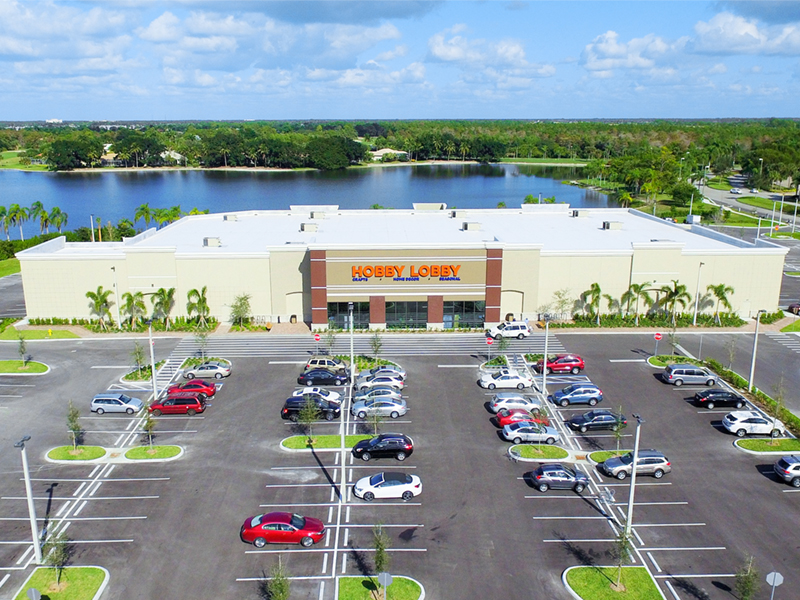
Mark One Capital recently provided a $4.5 million five-year, non-recourse loan for the purchase of a Hobby Lobby. The deal was closed at a 3.9 percent interest rate on a 10-year lease with a 30-year amortization.
In addition to the major banks, the CMBS market remains active in the net lease space, “more so than it’s been in the last year or so, as well as life insurance companies and pension funds,” noted Guy Ponticiello, managing director with CBRE’s Corporate Capital Markets and Net Lease Property Group.
He added that borrowers looking for financing in the 20-to-30-year range can typically look to these lenders. Robert Nahigian, SIOR, principal of Auburndale Realty Co., noted that these capital sources “are not active in the under-$5 million sector,” and typically make loans valued at a minimum of $10 million to $15 million.
However, it’s all very deal dependent. “If you have an optimal credit (tenant) in a good market, you will see a variety of lenders getting pretty aggressive,” Ponticiello noted.
For borrowers seeking smaller loans, or those with tenants that have guarantors behind the lease, regional or local banks are likely the best bet. This is especially common in the quick-service restaurant sector, where a property might have a national banner but the franchisee’s credit is different from the parent company’s. That makes lenders more concerned about the tenant leaving the lease early, Sands explained.
Equity capital is keeping up with the debt side in chasing net-lease deals. Foreign investment, mostly from Asia and the Middle East, accounts for 20 percent of total net-lease transaction volume, compared to 12 percent in 2007, Ponticiello noted.
Domestically, private equity and REITs are making abundant capital available, especially for sale-leaseback transactions.
“While with traditional financing you can get 60 to 70 percent financed, in a sale-leaseback you can get 100 percent financed,” Hipp pointed out. Owners can take advantage of tremendous liquidity in the capital markets and pull out 100 percent of their equity while still controlling their real estate and locking in an aggressive cap rate, he noted.
Last September, SIG worked on the $20.5 million sale-leaseback of 13 independent gas stations in Florida, Georgia and Alabama, as well as the sale of 20 properties with fuel supply contracts.
SIG brought in net lease REIT Spirit Realty Capital to provide $20 million in financing for the 13 sites via a sale-leaseback deal, under which SIG’s client entered into a 20-year lease agreement with 2 percent annual increases at an 8 percent cap rate. The transaction provided the investor with 100 percent financing for the purchase of the fuel supply operation.
“Our buyer was able to use the equity in the real estate to finance the acquisition, and the REIT had the opportunity to put capital to work at a superior yield with real estate assets they liked,” commented SIG Managing Director Andrew Ackerman at the time of the deal.
Hot commodities
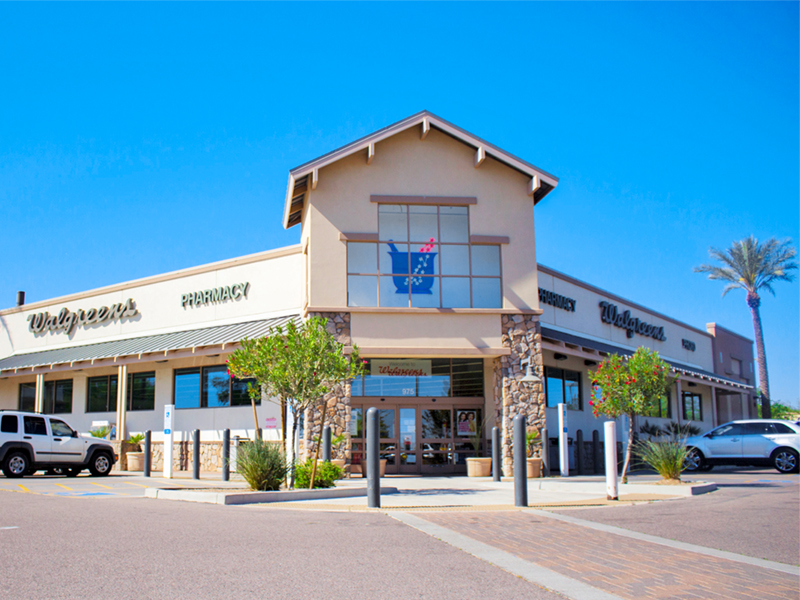
Mark One Capital, a service of Marcus & Millichap Capital Corp., recently provided a $6.7 million, 10-year, non-recourse loan for the purchase of a Walgreens portfolio with a 4.8 percent interest rate and 60 percent LTV. The loan is interest-only for the full 15-year lease term, indicating the lender’s comfort with the tenant’s investment-grade credit and renewal probability. Image courtesy of Mark One Capital
Besides the gas station/convenience store category, other attractive net-lease niches include medical office, dollar stores and auto-parts shops, largely because they tend to be recession resistant. “No matter where our economy goes, if you’re sick, you’re going to a doctor, and if the economy is bad, people will hold their cars longer and look to maintain them,” Hipp observed.
Pharmacies are also in demand, and they tend to have higher renewal probabilities, although the impending Walgreens-Rite Aid merger is giving some lenders pause.
“They’re going to want to make sure if they’re financing (a pharmacy), it’s a store they believe will survive after the merger and won’t be sold or lose that Walgreens guarantee,” Hipp explained.
Industrial net lease is another favored asset class, especially properties with an e-commerce component, Ponticiello noted. Retail categories that are hurt by Internet sales and closing stores, on the other hand, are the most challenged.
“Over the last few years, only a certain group of retailers have been expanding, so portfolios are becoming very concentrated,” Blankstein said. Lenders and owners are looking for “new names and categories.”
Meanwhile, money is leaving niches like big-box retail, especially in tertiary markets, as lenders focus on “real estate fundamentals and those with better business outlooks in the future,” he added.
But while lenders are more cautious, net lease buyers remain confident about their ability to secure financing, Ponticiello noted.
“There’s a lot of capital out there, and hopefully that will continue to build … and as long as the debt markets continue to be open for business, there should be some good deal flow and completion of transactions this year.”
Originally appearing in the May 2017 issue of CPE.


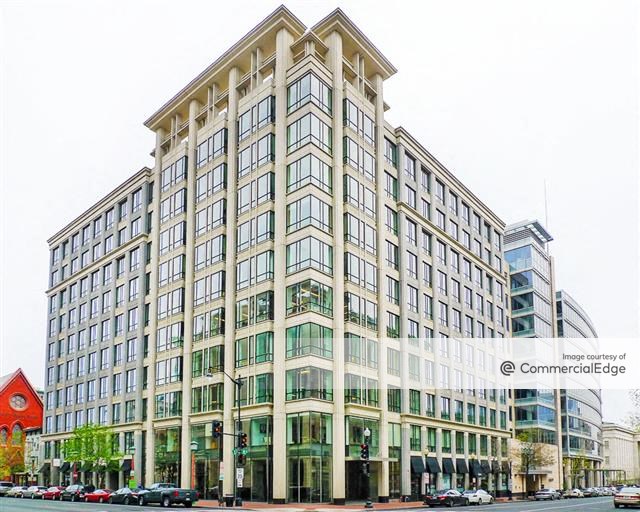




You must be logged in to post a comment.